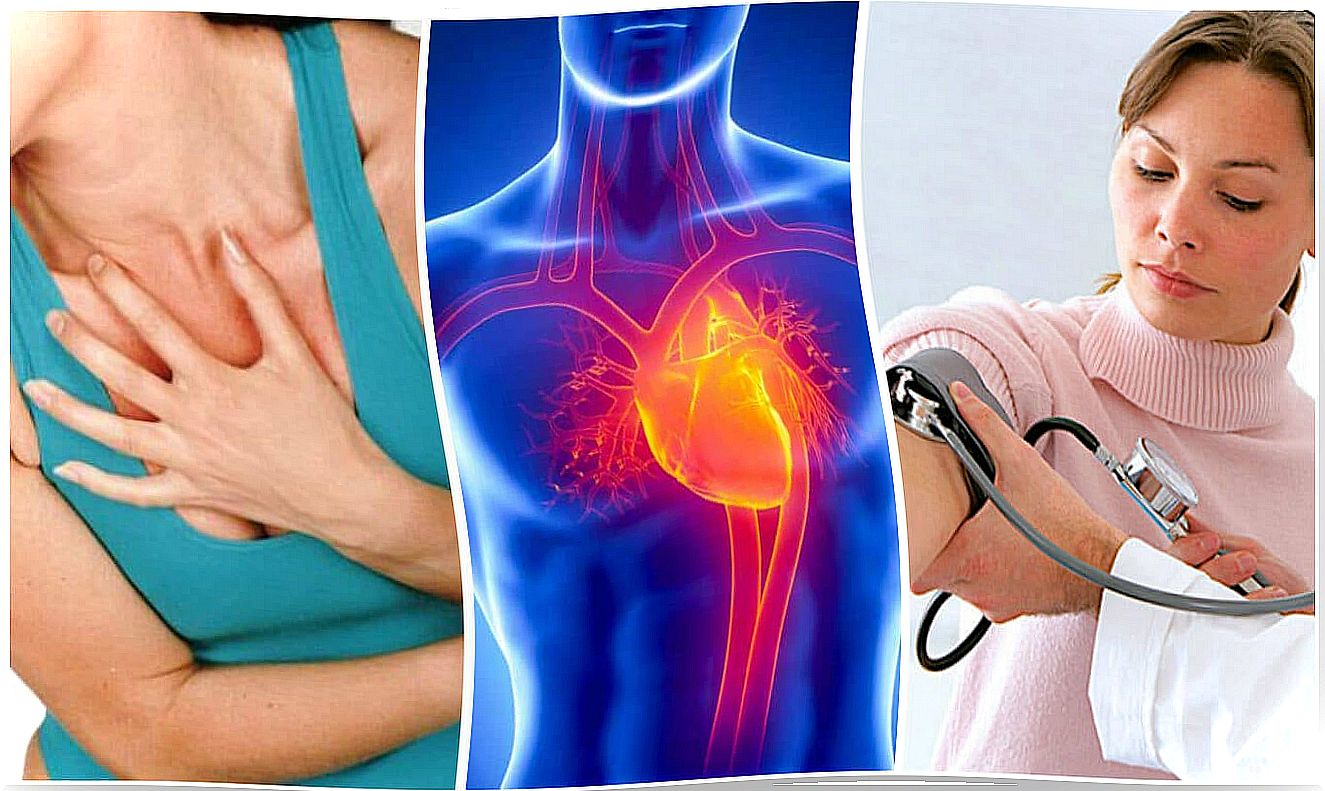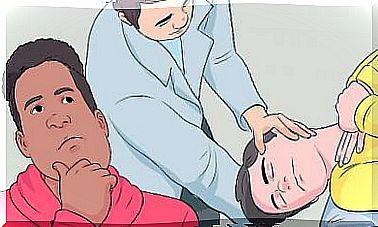What Is Nifedipine?
Nifedipine is a calcium channel blocker medicine that belongs to the group of dihydropyrines. It has a peripheral vasodilator and hypotensive effect, as well as a low negative inotropic effect.
Due to these effects, this medicine is indicated for the treatment of angina pectoris and for the treatment of high blood pressure. In turn, quick-release capsules are also used for the treatment of Raynaud’s syndrome.
It is a drug that can be administered both orally and sublingually. When patients have a problem to swallow correctly, the second route of administration will be chosen, for example in hypertensive crises.
However, administration by the sublingual route can be dangerous, so it is not highly recommended. The reason for this is that the induced hypotensive response can be intense and difficult to control.
Furthermore, it is important to note that co-administration of nifedipine with grapefruit juice, as well as with other substances that inhibit hepatic metabolism, is dangerous. This is because the concentration of the drug can increase considerably and produce a toxic picture.
What is Raynaud’s Syndrome?
It is a rare disease that affects the blood vessels in the fingers and toes. It develops with narrowing of the vessels when the person feels cold or stressed.
When this happens, blood cannot flow properly through these parts of the body due to strong vasoconstriction. As a result, the affected parts turn whitish and bluish.
Once the vasoconstriction recovers, the skin becomes red and the patient may feel a throbbing and tingling sensation. When this situation worsens, sores can develop on the skin and even death in the tissues.
On the other hand, the causes of Raynaud’s attacks are not yet known. Also, it is important to differentiate between primary and secondary Raynaud’s. As for the primary one, it is the most frequent form and is not the cause of an associated disease.
As for secondary Raynaud’s, it is caused by an undiagnosed problem. And, despite being less frequent, it is usually more serious than the primary. Among the diseases that can trigger this syndrome, we can mention :
- Connective tissue diseases.
- Diseases of the arteries.
- Carpal tunnel syndrome.
- Smoking.
- Injuries to the hands and feet.
Mechanism of action: how does nifedipine exert its effect?

Nifedipine, as we have said, belongs to the group of calcium antagonist drugs. This therapeutic group reduces the entry of calcium into myocardial cells and blood vessels, as a consequence of the blockage of voltage-gated calcium channels.
Furthermore, nifedipine belongs specifically to the group of dihydropyridines. It acts, above all, on the peripheral circulation, relaxing the vascular smooth muscles and producing vasodilation of the arteries on two levels:
- Peripheral vasodilation : reduces afterload resistance. It is for this reason that nifedipine is useful in patients with high blood pressure and Raynaud’s syndrome.
- Coronary vasodilation : increases coronary blood flow and myocardial oxygenation. Thus, the efficacy of this drug for the treatment of angina pectoris is justified.
On the other hand, it is also capable of reducing, albeit slightly, cardiac contractibility and conductivity.
Contraindications and adverse reactions of nifedipine

When administering this medicine, a series of situations must be taken into account in which its use is contraindicated due to the complications that it may entail. In particular, nifedipine should not be taken when the patient is allergic to this drug.
In turn, pregnant or lactating women cannot take the drug, as it could affect the baby. Finally, and based on the data that are available with other drugs in this family, it should not be co-administered with rifampicin.
On the other hand, like all drugs on the market, nifedipine can trigger a series of adverse effects that must be taken into account. Among them, we can mention the following:
- Vascular problems related to vasodilation, such as dizziness, headaches or peripheral edema.
- Heart disorders, such as palpitations, hypotension, or heart failure.
- Digestive disturbances.
- Changes in the nervous system, such as anxiety or insomnia.
Conclution
Nifedipine is a drug used primarily to treat hypertension, Raynaud’s syndrome, and angina pectoris. Because it has very powerful effects, special care must be taken with its administration.
Consult with your doctor or pharmacist any questions you have regarding this drug and always follow the instructions that they indicate.









